School, sports, and gym: the overloaded schedule of a high school athlete. A big part of the philosophy of Manheim Township’s physical education department is “to create lifelong movers who value the importance of a healthy [active] lifestyle.” For many student-athletes, creating a healthy and active lifestyle is second nature, so they wonder why all the effort they put in through after school sports must be repeated in school in 1.5 required credits of physical education. School sponsored sports should be allowed to act as a substitute for the current gym requirements to enhance both athletic and academic performance.
Many athletes struggle to balance gym and sports. “I remember multiple times I had to sit out of gym class on run days when I had a meet because I didn’t want to sacrifice my performance later during my race,” said senior cross-country runner Ava Shirk.
In gym class, it is unacceptable to sit out during class in this way, and later make it up for full credit. Instead, our school offers half-credit. While this may seem generous, most MT sports have a contest at least once a week, making it difficult to maintain a high grade. Additionally, engaging in the activity on the day of a meet, match, or race can tire out the athlete and lead to overwork.
Luke Phillips, a junior on the MT wrestling team, said “We should not be graded on our ability to get our heart rate… [up] because we do it all the time at practice.” For athletes like Phillips, gym class adds unnecessary strain to an already athletic lifestyle. Doing multiple workouts in one day causes increased fatigue, or lack of energy, as the fatigue from both workouts combines as a result of a lack of rest.
Will Ament and Gijsbertus J Verkerke explain this concept best in their publication Exercise and Fatigue, saying that, “physical exercise is in fact a form of mechanical energy. This generated energy will deplete the energy stocks within the body.” Without rest, these energy stocks cannot be replenished, impacting an athlete’s performance. Whileit is important to work hard in gym class, an athlete who plays an after school sport is not getting the rest they need. Rest is just as important as the actual exercise, and repeated workouts make this difficult.
Another benefit of allowing afterschool sports to count as gym credits is the increased schedule space.
“In place of unweighted gym classes, [I] could instead be taking a more meaningful AP course, saving time and money for college,” said junior volleyball player Bill Wang. He feels that he should be allowed to count his many hours spent learning and playing volleyball as physical education.
On the other hand, the online gym option works great for some athletes like junior cross-country runner Molly McCament. “I appreciate the optional online gym that athletes can do during practice.”
However, for many others this doesn’t line up. Often wearing the issued heart rate monitor is not an option during meets, matches, or races, and it can be difficult to line up gym requirements with coaching directions.
Coaches suggest that athletes rest to prevent overwork and injuries at certain times like the day after a meet, match, or race to provide the body a chance to fully recover after a particularly difficult workout. In many cases, athletic training would still occur, but at a lesser intensity to facilitate rest. However, the requirement of the online physical education program to continue to meet the high heart rate requirements make these recovery days difficult.
Another thought in allowing sports to count for gym credit is how this would affect MT’s many students who don’t participate in an after-school athletic program. This change will not have a negative impact on them, while it will have a direct, positive impact on student-athletes. Non-student-athletes can still participate in the regularly set-up gym class, or can try a sport themselves. MT’s goal is to create healthy active students, and this should be done through either gym class or an alternative sport-based option.
Sports should count in favor of the physical education requirements. School should be a place of learning and development. Allowing sports to count provides for more learning opportunities and more opportunity for safe athletic development, without concerns of overworking athletically.


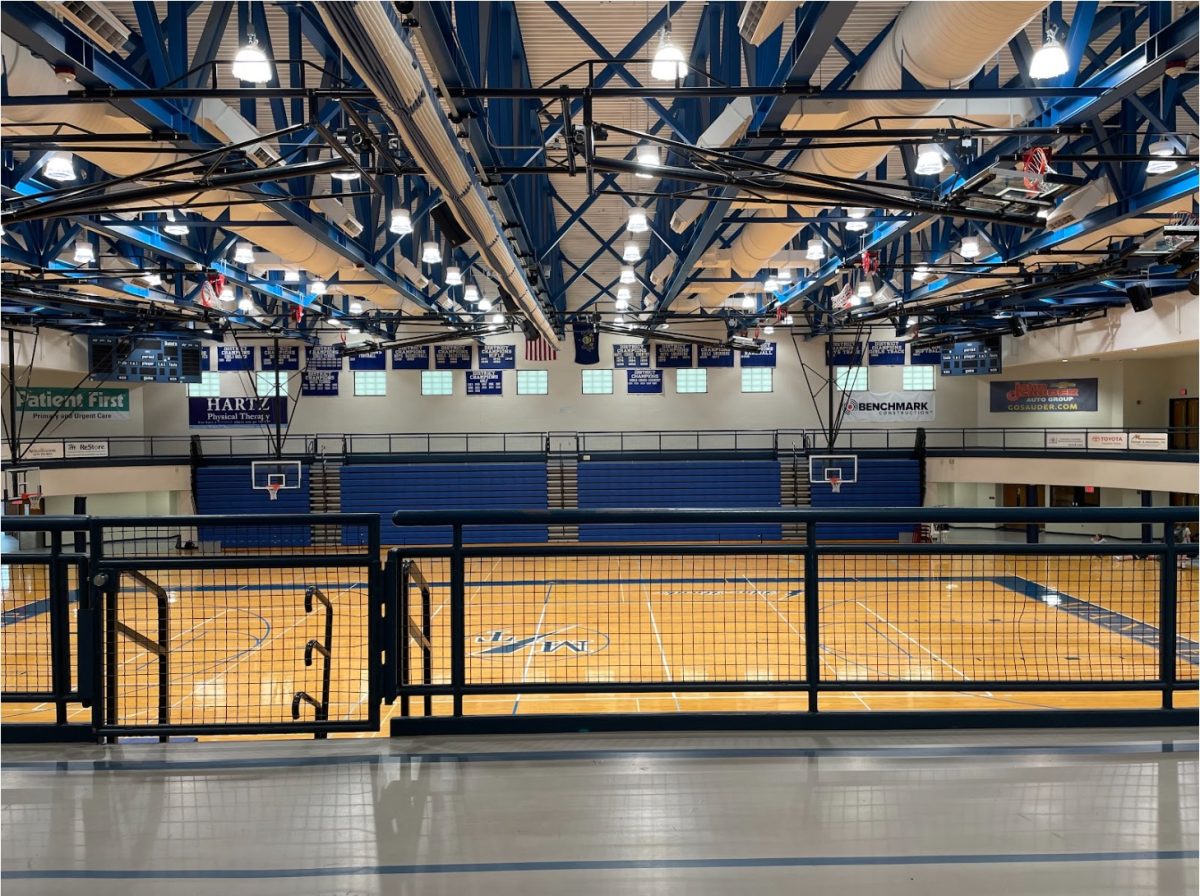

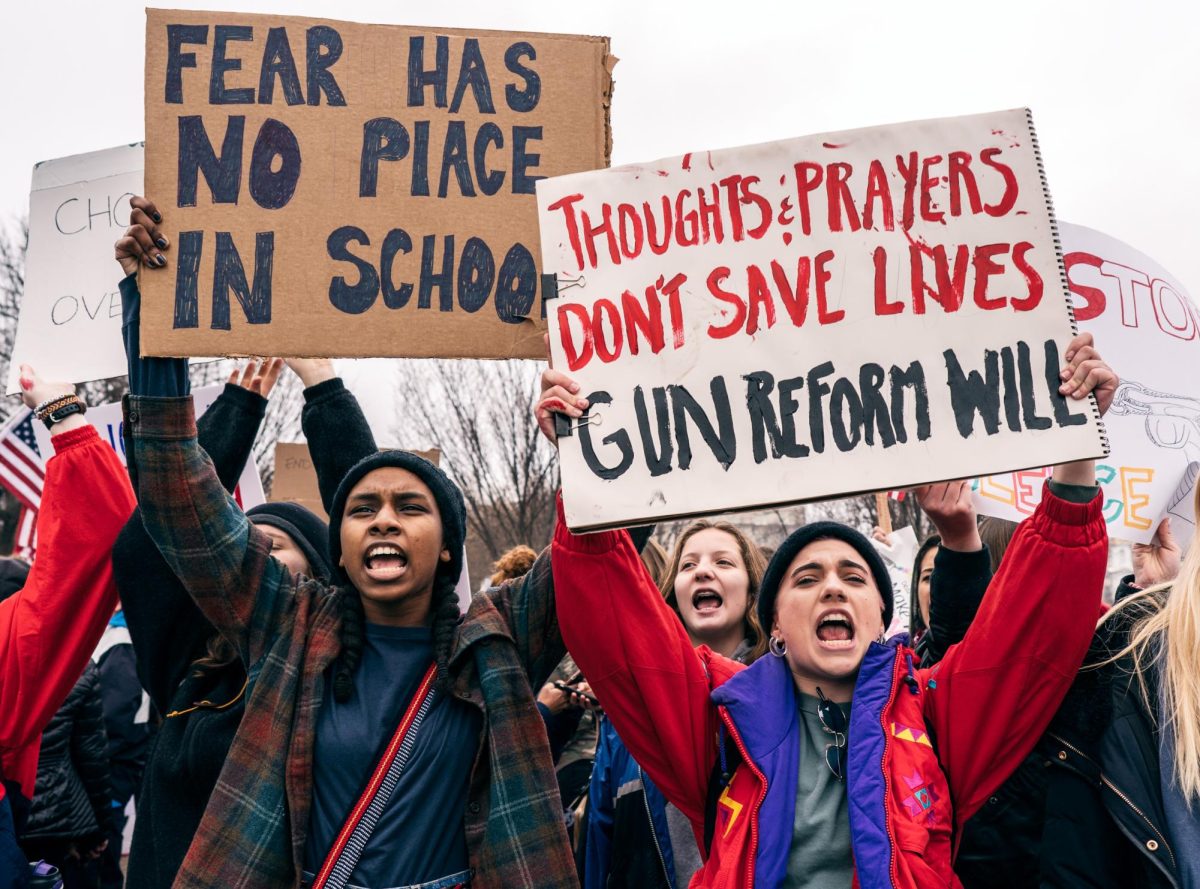

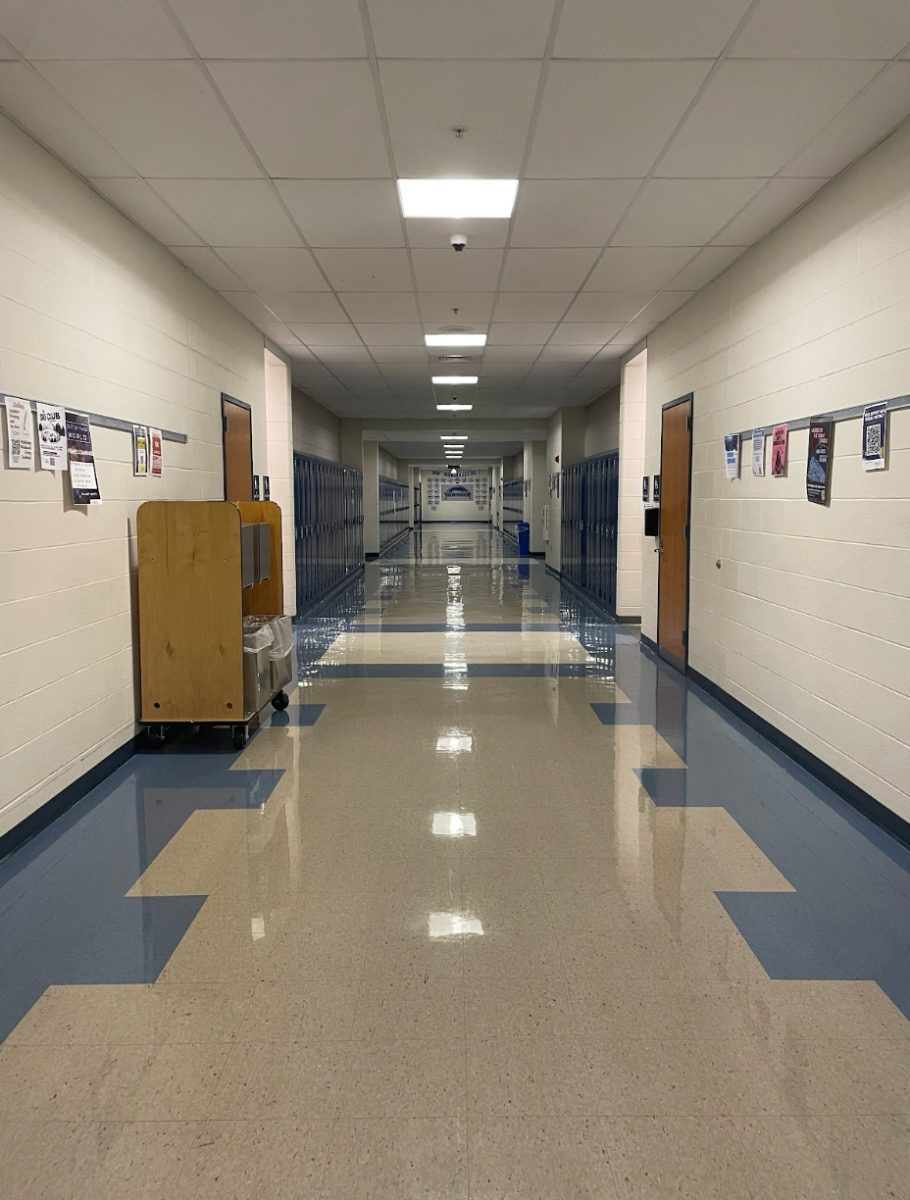





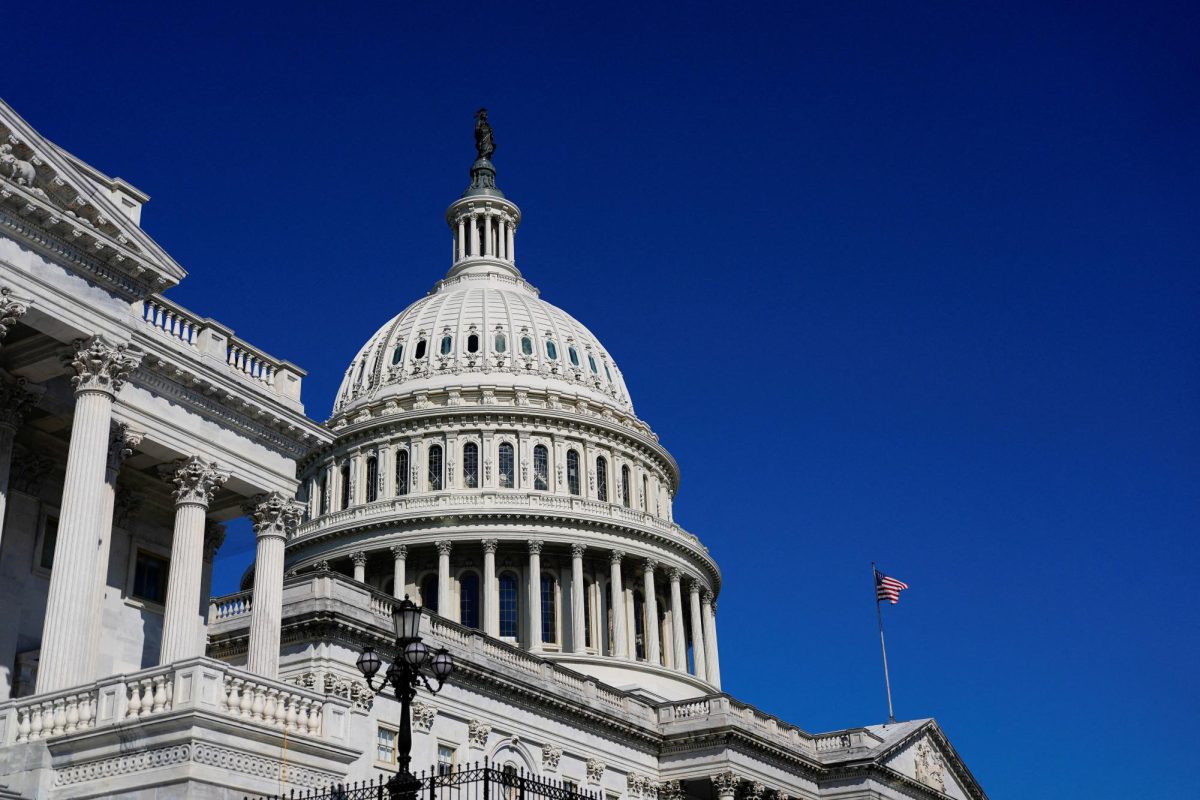

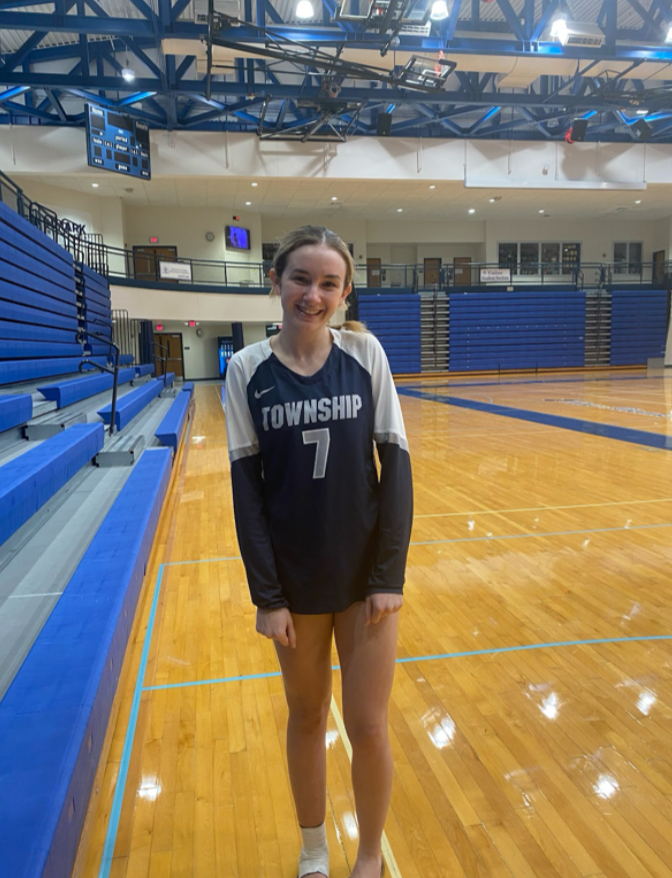

Alex Othmer • Oct 23, 2023 at 6:33 pm
I absolutely agree, having to run 30 minutes straight during first period then having a 2 hour cross country practice after school always feels unnecessary.